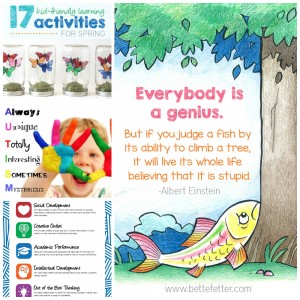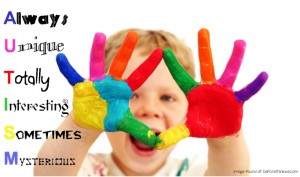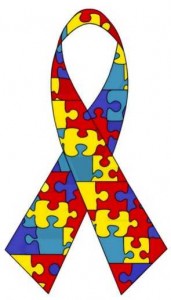Autism and Art Go Hand in Hand
 “Art, specifically drawing, is a form of controlled communication. If a child with autism has difficulty with receptive language or sharing himself or herself verbally, drawing provides them a unique outlet.”
“Art, specifically drawing, is a form of controlled communication. If a child with autism has difficulty with receptive language or sharing himself or herself verbally, drawing provides them a unique outlet.”
 “Art, specifically drawing, is a form of controlled communication. If a child with autism has difficulty with receptive language or sharing himself or herself verbally, drawing provides them a unique outlet.”
“Art, specifically drawing, is a form of controlled communication. If a child with autism has difficulty with receptive language or sharing himself or herself verbally, drawing provides them a unique outlet.”



Click the title for more!
A few years ago I met Barb, a high school special education teacher. Barb had heard about Young Rembrandts and wondered how her special needs students would respond to our step-by-step method of teaching art. After some conversation about her students’ needs and our philosophy, we agreed to teach a series of four weekly classes. The classes surpassed all of our expectations. The students were fully engaged, successfully completed every drawing and were pleased to have been participants in art class. In Chapter Five of Being Visual, I share details about the initial fears of the teaching assistants, the experiences in the classrooms, our observations and our teaching method.